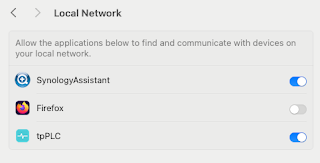As part of the investigation, I wanted to look at the groups and teams available to IBM BPM.
There’s a rather useful REST API for this, accessible via the BPM REST API Tester: -
also accessible via cURL : -
curl -k -u wasadmin:passw0rd -o /tmp/groups.txt --request GET --url https://lt.uk.ibm.com:9446/rest/bpm/wle/v1/groups?includeDeleted=false&parts=all
Knowing the group name ( DataStewardGroup ), I then used the REST API to get at that: -
curl -k -u wasadmin:passw0rd --request GET --url https://lt.uk.ibm.com:9446/rest/bpm/wle/v1/group/DataStewardGroup?includeDeleted=false&parts=all
which returns a single member - DSUser1 : -
I then dug into the BPM teams, as opposed to the groups: -
and the snapshot ID: -
https://lt.uk.ibm.com:9446/rest/bpm/wle/v1/team/24.fccd301e-1a55-4873-b69f-05c43b251545?snapshotId=2064.f96be189-3d91-4b8e-b485-21af8e0af5ce&branchId=2063.d1ecb65f-8778-4ddc-8c4f-b94ef28781c9
all of which seems to confirm that DSUser1 is a member of the DataStewardGroup which is mapped to the DataStewardTeam
So why doesn’t the Add button appear ?
Ah, well, keep on digging ….
Some follow-up reading: -









1 comment:
Great breakdown of using REST APIs for managing groups in IBM BPM! I’ve found that exploring API endpoints directly, like you mentioned with cURL, can really help in understanding how the portal’s underlying systems interact. One tip: when working with group modifications, it's useful to automate repetitive API calls using scripts, especially during bulk updates or migrations.
If you’re looking for a convenient way to test requests outside of cURL or the built-in IBM tester, API Tester by Quto.dev lets you easily configure and send HTTP requests with custom methods, headers, and bodies. It can be a handy alternative for iterating quickly through different scenarios. Might be worth checking out to streamline your API experiments!
Post a Comment